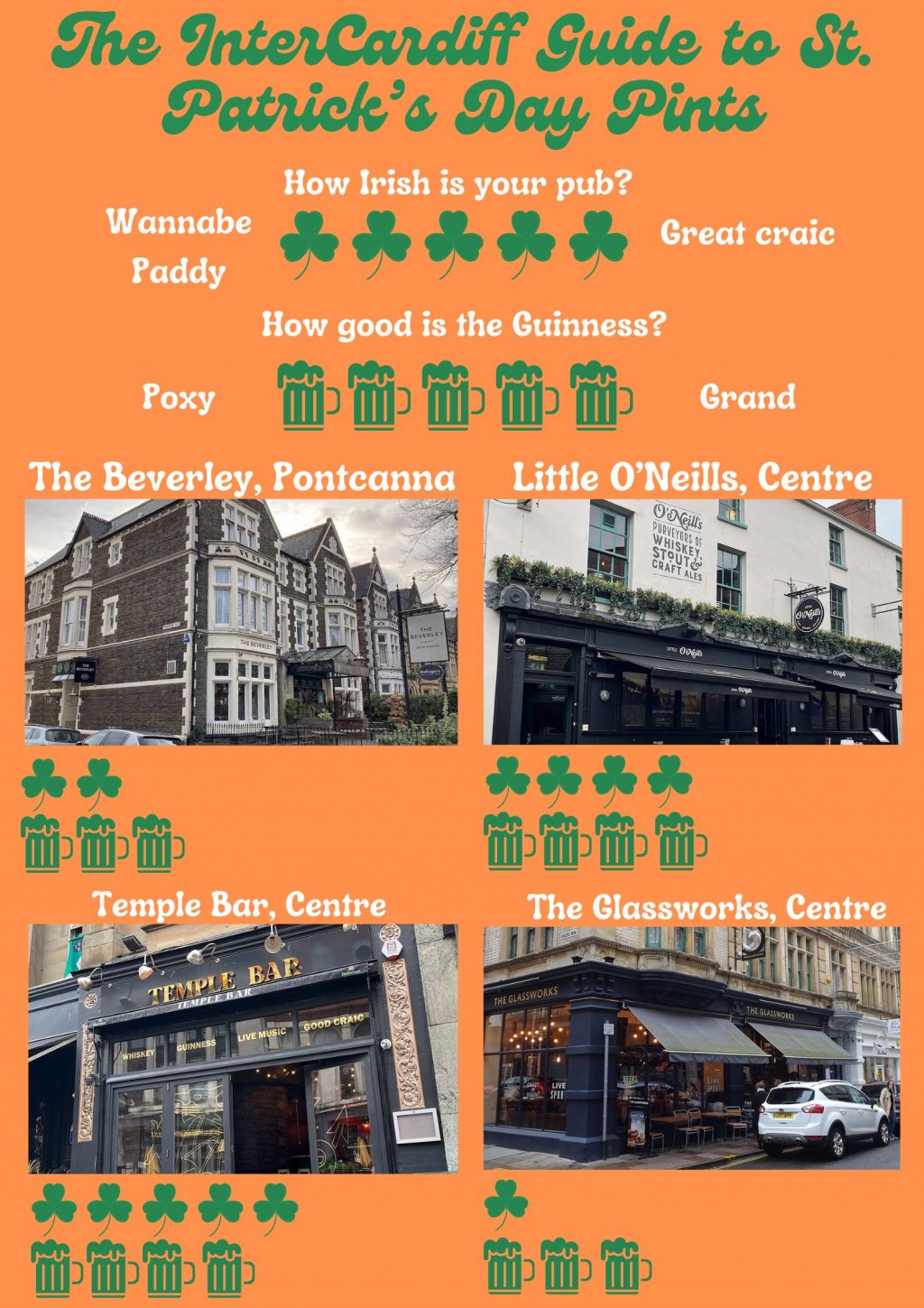Before you start on the Guinness, take a trip through the Welsh capital to discover its hidden Irish history that nearly disappeared for good
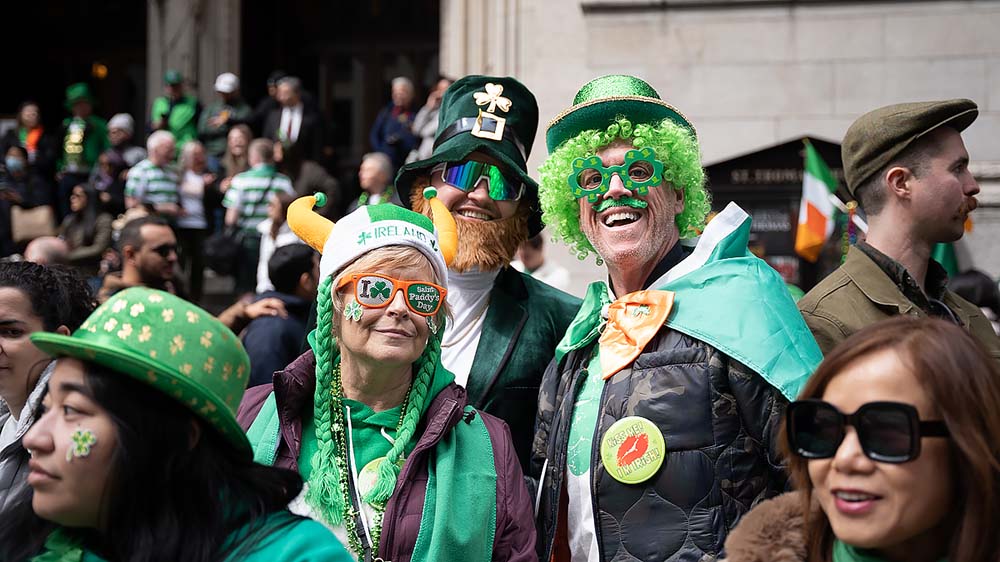
More should be done to highlight the importance of Cardiff’s Irish community in the city’s history, according to a local author.
St Patrick’s Day, the worldwide celebration of the Emerald Isle and Irish culture, is nearly here. For many in Cardiff, that means painting the city green and toasting a pint (or many) of Guinness.
But for Nick Shepley, who has written about the history of Cardiff, the Welsh capital should also use 17 March as an opportunity to honour the Irish workers and families that were instrumental in developing the city in the 19th century.
“In countless British cities like Liverpool, Glasgow, and London, the story of the city is intimately connected to the flow of Irish workers from the poverty of 19th Century Ireland,” says Nick. “Cardiff was the biggest coal port in the world, its docks fed the steamships of the British Empire and those docks and canals were built and manned by workers from Wales, England, and many from Ireland.”
With that in mind, here is your guide to piecing together the history of Irish Cardiff and the last few landmarks that are guarding its legacy.
St Colmcilles GAA
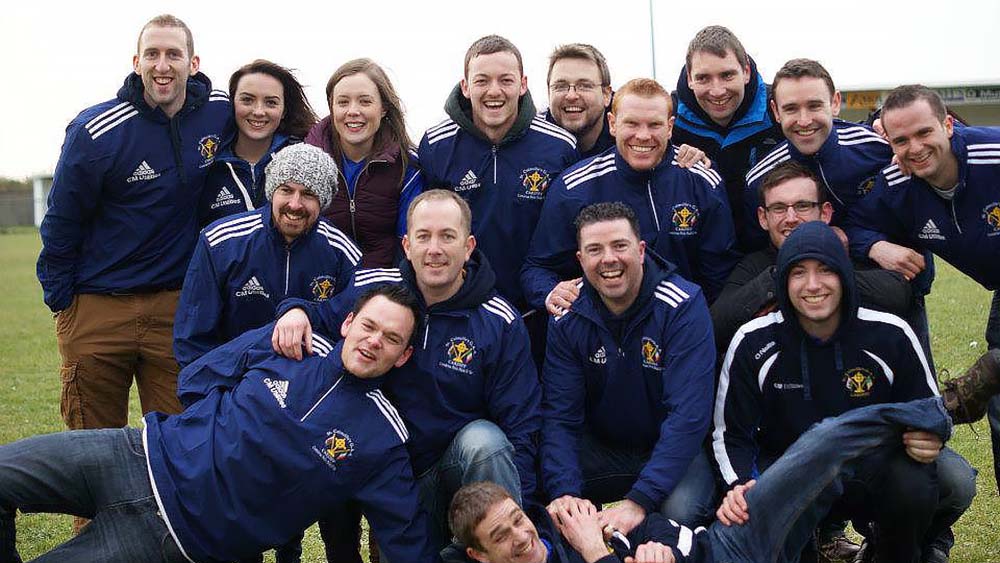
Starting in Pontcanna, you can find St. Colmcilles GAA – the only club level Gaelic sports association in Wales. The club has been going since 1956 with its Gaelic football and hurling teams, serving as an important focal point for Irish people living in Cardiff.
The club regularly competes in the Gloucestershire and British GAA leagues and hosts hurling and Gaelic football fixtures against Irish teams, most recently with St. Fintans from Wexford. In addition, the club is always on the lookout for people from all backgrounds who want to get involved in the sport.
St Colmcilles won seven titles in the Gloucestershire Senior [Gaelic] Football Championship between 2000 and 2009, with its women’s team reaching the All-Britain Final in 2023.
Newtown Memorial Gardens
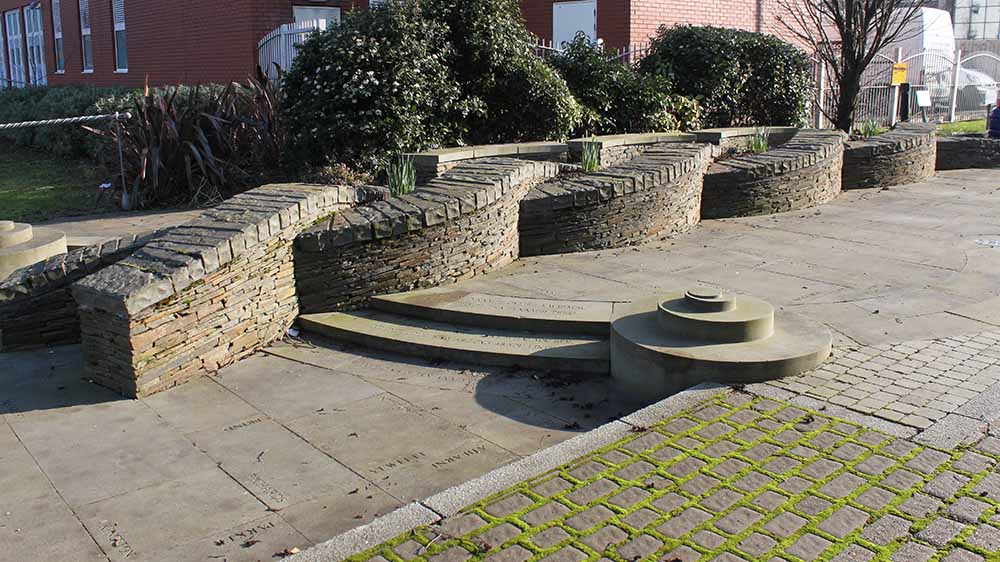
Next, we take a walk through Sophia Gardens and across Cardiff Castle, just beyond the city centre where we can find a memorial to one of the largest Irish communities that existed in Cardiff – so much so that it was called ‘Little Ireland.’
Here, we can consult Nick Shepley on what has been a long association with the Irish in Cardiff.
He says that during the Great Irish Famine of the 1840s, Cardiff developed rapidly with investment in its docks and railways, with many Irish immigrants working in the docks in particular.
‘Little Ireland’ was made up of just six streets in the Newtown area, but its Irish roots would take hold for four generations, with a thriving set of businesses including pubs, corner shops, and St Paul’s Church at its centre.
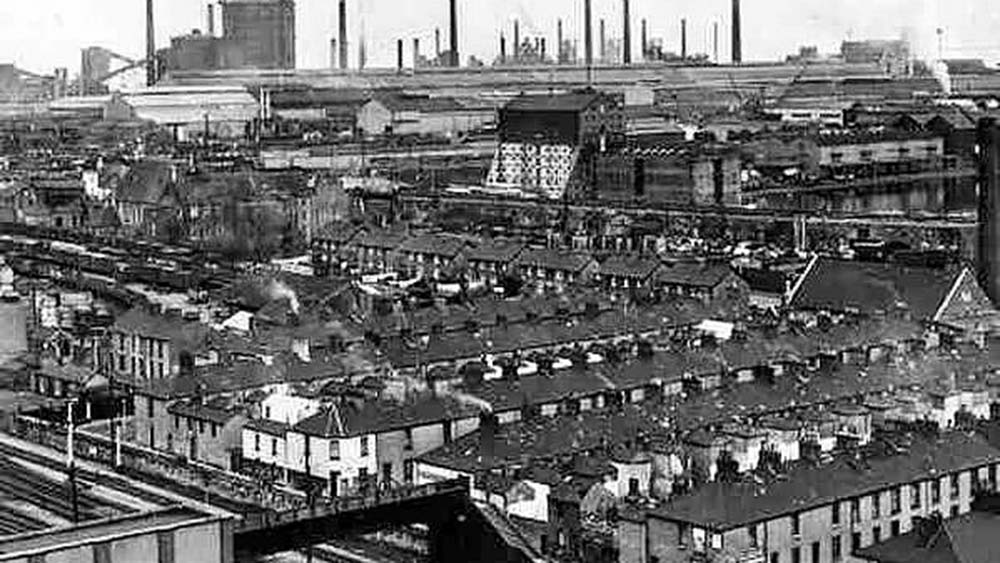
Sadly, Little Ireland would not survive beyond the 1960s, when the government redeveloped the area due to concerns it had become a slum.
“Modernisation and the relocation of communities to the docks has seen much of Irish Cardiff lost. There are still echoes of it in Canton, Grangetown, and Riverside, but part of the world that Irish workers and their families knew is no longer there,” says Nick.
Fortunately, the work of The Newtown Association would successfully campaign to create a permanent memorial in 2005, consisting of a stone ‘knot’ carved with the names of families who lived there.
Jim Driscoll statue
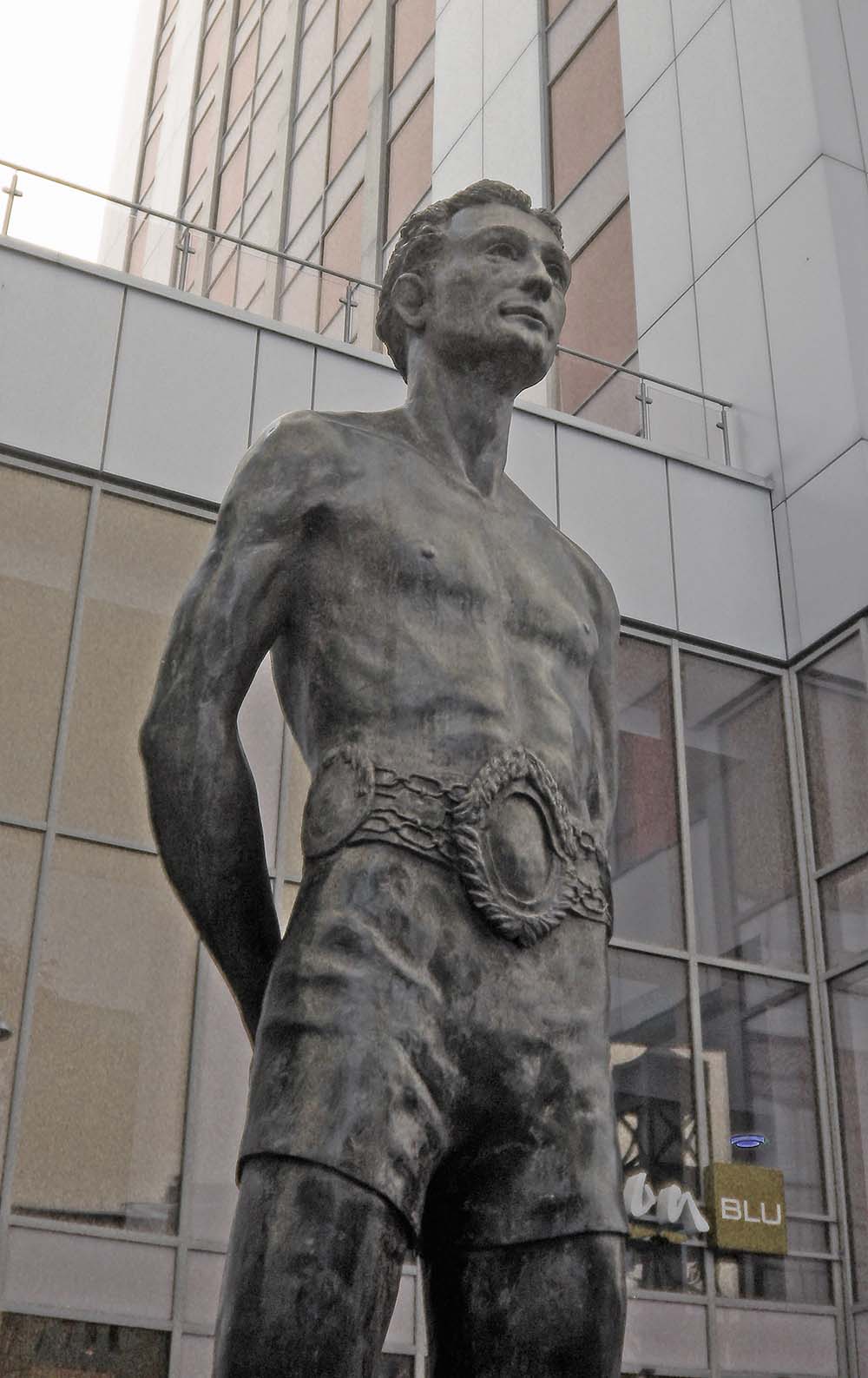
Just around the corner from the memorial, we can find a statue of one of Newtown’s former residents and a famous son of Cardiff – ‘Peerless’ Jim Driscoll.
Born to Irish parents in 1880, Driscoll grew up in poverty but developed his skills as a boxer in travelling fairgrounds across South Wales. He would take part in 600 fights before turning professional in 1901.
Driscoll was a talented athlete and would go on to win the British and Commonwealth featherweight titles in 1906 and 1908 respectively. He would also win the coveted Lonsdale Belt in 1910, the oldest championship belt in British boxing, and become a source of pride for Cardiff.
“I think his determination and his sense of community make him the city’s patron saint. Cardiffians love an underdog – he grew up in immense poverty and boxed in Wales and America, sadly dying a relatively young man,” says Nick.
Driscoll would die at the age of 44 from tuberculosis in 1925, but his popularity was so immense that over 100,000 people took to the streets on the day of his funeral.
Irish Music
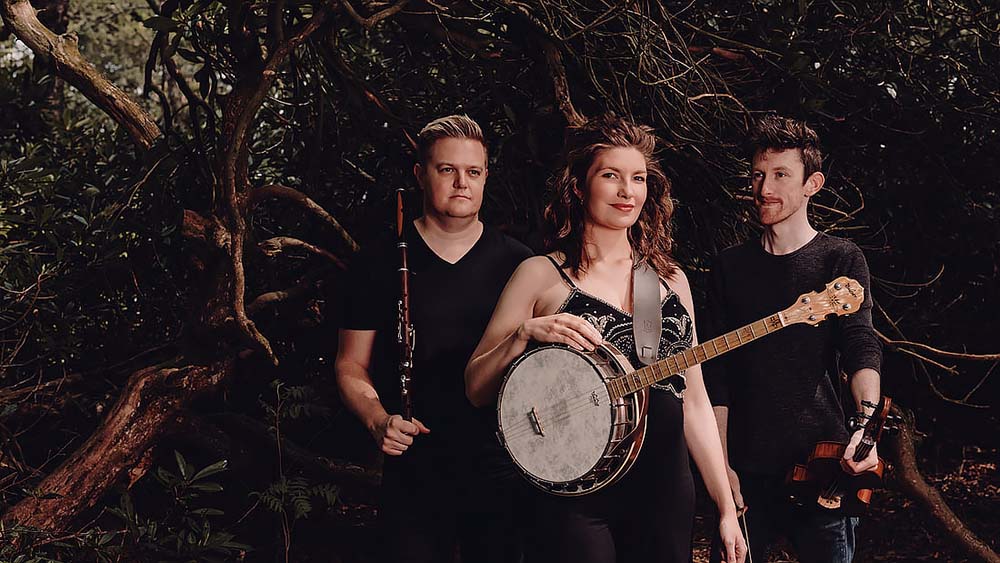
Some parts of Irish Cardiff may be gone, but the spirit of St Patrick’s Day will be kept well and truly alive by musicians who will be performing in the city to provide some iconic Irish and folk music.
Over at The Dead Canary, critically acclaimed musician Jason Rouse will be treating patrons to a host of traditional Irish music on his favourite instrument – the uilleann (ee-lun) pipes, which are similar to Scottish bagpipes. Be sure to book your spot so you don’t miss out on 17 March.
If your St Patrick’s Day music isn’t complete without a fiddle, then The Wilderness Yet have you covered. The three-piece folk band have earned high praise from Irish broadcaster RTÉ and Irish Music Magazine.
Tickets are still available to see the group at the Norwegian Church Arts Centre on 22 March.
Drink, anyone?
All this sightseeing is thirsty work, so here is a bonus InterCardiff guide to where you can enjoy your first drink of the day…
